On the Dhaulagiri Circuit Trek, adventurers find themselves immersed not just in stunning landscapes but also in a rich tapestry of local cuisine that mirrors the region’s cultural heritage. As they trek through remote villages, they encounter traditional dishes like Dal Bhat and Momos, each bite revealing a blend of Nepalese and Tibetan flavors. The use of clay pots and wood fires in cooking adds a unique touch, creating meals that foster a sense of community. But what other culinary surprises await those willing to explore this mountainous journey?
Key Points
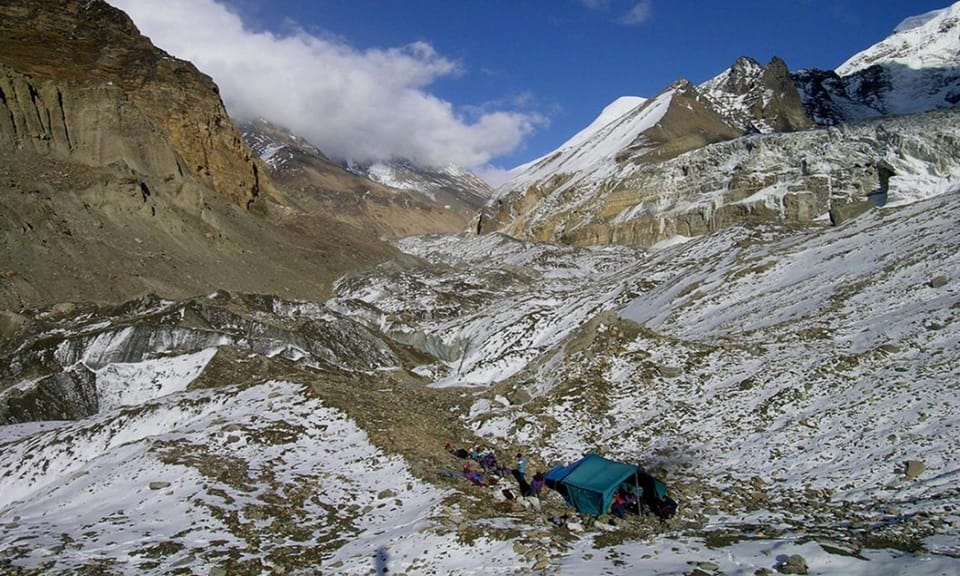
- The Dhaulagiri Circuit Trek features traditional dishes like Dal Bhat, Momo, and Thukpa, showcasing local flavors and culinary heritage.
- Meals are often cooked using traditional methods, such as clay pots and wood fires, enhancing flavors and community spirit.
- Cultural influences from Nepalese, Tibetan, and Indian cuisines create a unique gastronomic experience throughout the trek.
- Sharing meals fosters connections with local communities, offering insights into their traditions and lifestyle.
- Food safety tips include drinking purified water, choosing freshly cooked meals, and communicating dietary restrictions to ensure a safe trekking experience.
Dhaulagiri Circuit Trek Overview
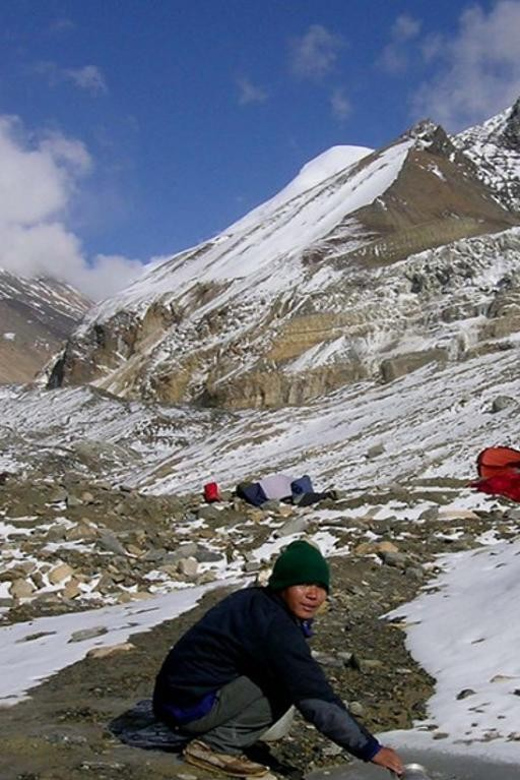
The Dhaulagiri Circuit Trek offers adventure seekers an exhilarating 20-day journey around the majestic Dhaulagiri, the seventh highest peak in the world. This trek is a challenging endeavor, perfect for experienced trekkers craving unique experiences.
Along the route, trekkers traverse rugged terrain and ascend high passes like French Pass at 5,360 meters and Dhampus Pass at 5,200 meters. The stunning views of snow-capped peaks, lush valleys, and remote villages create an unforgettable backdrop.
Trekkers also have the chance to engage with local communities, gaining insights into their rich cultural heritage. With breathtaking landscapes and the thrill of high-altitude trekking, the Dhaulagiri Circuit provides a memorable adventure for those willing to push their limits.
Local Cuisine Highlights
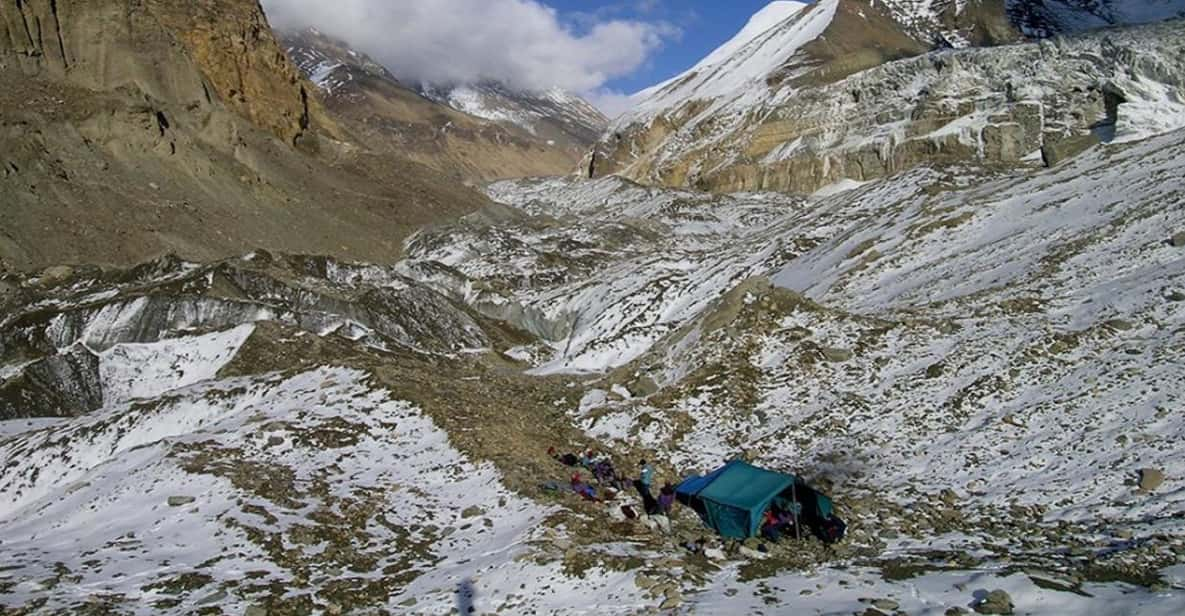
What culinary delights await trekkers along the Dhaulagiri Circuit? The local cuisine offers an array of flavors that truly reflect the region’s culture and heritage. Trekkers can savor unique dishes made with fresh, locally sourced ingredients, providing a delightful break from the trek.
Here are four local cuisine highlights to look out for:
-
Dal Bhat: A staple meal of lentils and rice, often served with vegetables and pickles.
-
Momo: Delicious steamed dumplings filled with meat or vegetables, perfect for a quick snack.
-
Thukpa: A hearty noodle soup that warms the soul after a long day of trekking.
-
Gurung Bread: A traditional flatbread, crispy on the outside and soft within, ideal for accompanying any meal.
Each dish tells a story of the land and its people!
Traditional Cooking Methods
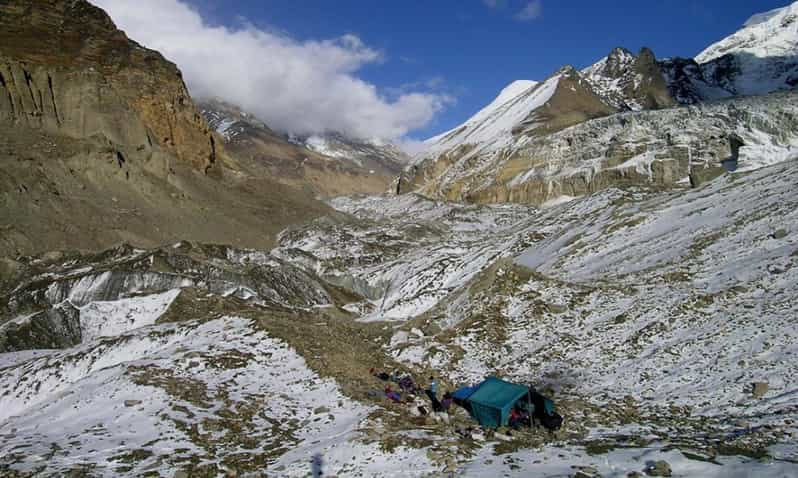
Exploring local cuisine along the Dhaulagiri Circuit also reveals the traditional cooking methods that have been passed down through generations, reflecting the rich cultural tapestry of the region.
Locals often use simple yet effective techniques, like cooking over wood fires, which infuses dishes with a distinct smoky flavor. They rely on clay pots and stone hearths, providing a rustic touch to their meals.
Fermentation is another popular method, allowing them to preserve seasonal ingredients and enhance flavors. Many communities also practice communal cooking, fostering a sense of togetherness.
This blend of time-honored methods not only connects the people to their heritage but also enriches the culinary experience for trekkers, inviting them to savor authentic flavors that are hard to replicate elsewhere.
Popular Dishes to Try
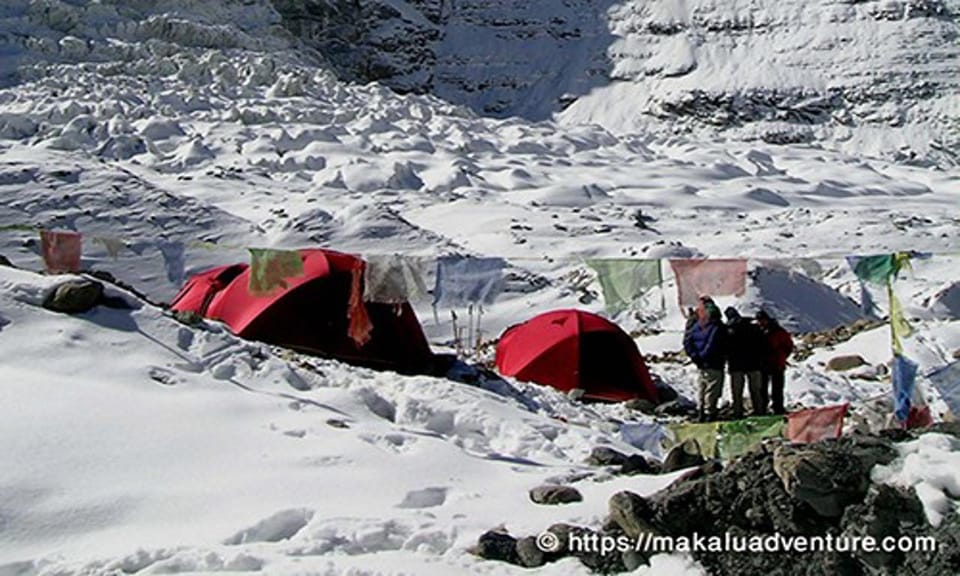
Trekking through the Dhaulagiri Circuit offers adventurers a chance to savor delicious local dishes that reflect the region’s rich culinary heritage. Travelers will find a variety of flavors and textures that enhance their trekking experience.
Here are some popular dishes to try:
-
Dal Bhat – A staple made of lentil soup and rice, often served with vegetables and pickles.
-
Momo – Delicious dumplings filled with meat or vegetables, perfect for a quick snack.
-
Thukpa – A hearty noodle soup, typically packed with veggies and meat, ideal for chilly evenings.
-
Sel Roti – A traditional, sweet rice-based doughnut, perfect for breakfast or a treat on the go.
These dishes not only nourish trekkers but also provide a taste of local culture and tradition.
Cultural Influences on Food
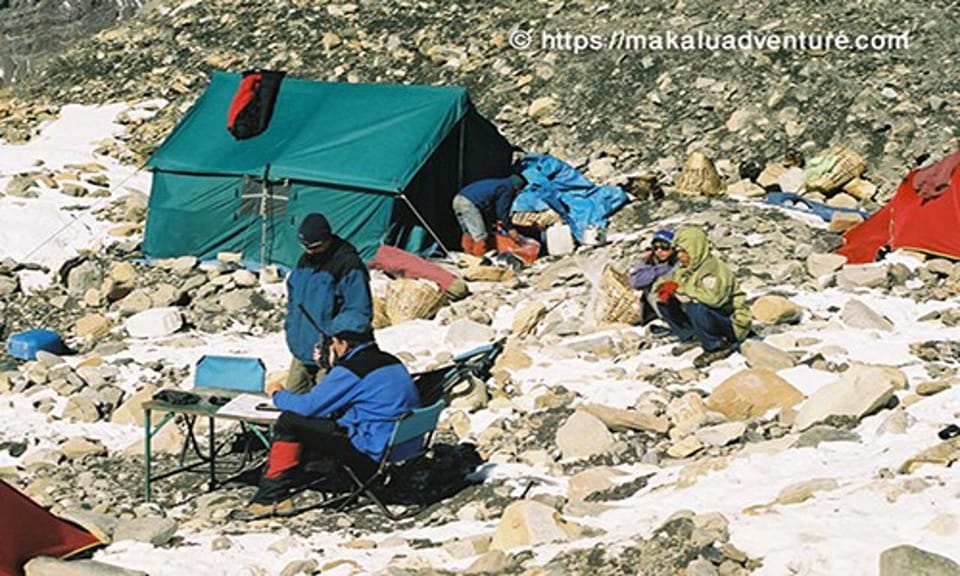
Throughout the Dhaulagiri region, the local cuisine reflects a rich tapestry of cultural influences, combining traditional Nepalese flavors with elements from Tibetan and Indian culinary practices. This blend of traditions creates a unique gastronomic experience for trekkers.
| Tibetan Influence | Nepalese Flavor |
|---|---|
| Momos (dumplings) | Dal Bhat (lentil-rice) |
| Thukpa (noodle soup) | Gundruk (fermented greens) |
| Tsampa (roasted barley) | Aloo Tama (potato and bamboo shoot) |
| Yak cheese | Sel Roti (rice doughnut) |
These cultural intersections enrich each meal, allowing trekkers to savor dishes that tell stories of the region’s heritage while forging connections with the local way of life.
Food and Community Interaction
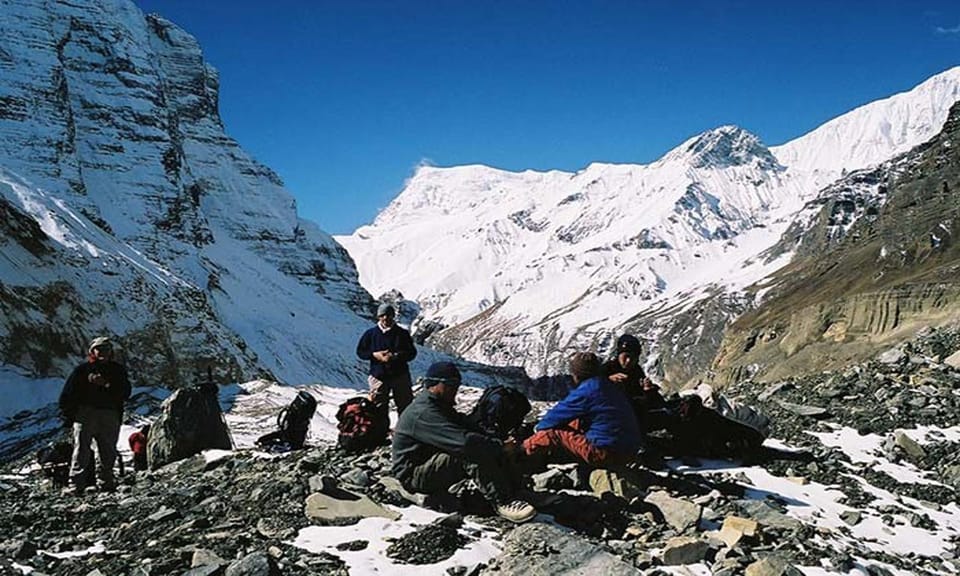
Sharing meals with local communities during the Dhaulagiri Circuit Trek offers trekkers a genuine glimpse into the region’s rich culture and culinary traditions. Engaging with locals over food fosters a sense of connection and understanding.
Trekkers often enjoy:
-
Dal Bhat – A staple meal that includes lentil soup and rice, showcasing traditional flavors.
-
Momos – Delicious dumplings filled with veggies or meat, perfect for sharing stories.
-
Gundruk – Fermented leafy greens that highlight local preservation methods.
-
Chiya – Traditional tea enjoyed during conversations, warming both body and spirit.
These shared meals not only nourish the body but also create lasting memories, making the trek an enriching experience that celebrates community and culture.
Tips for Food Safety
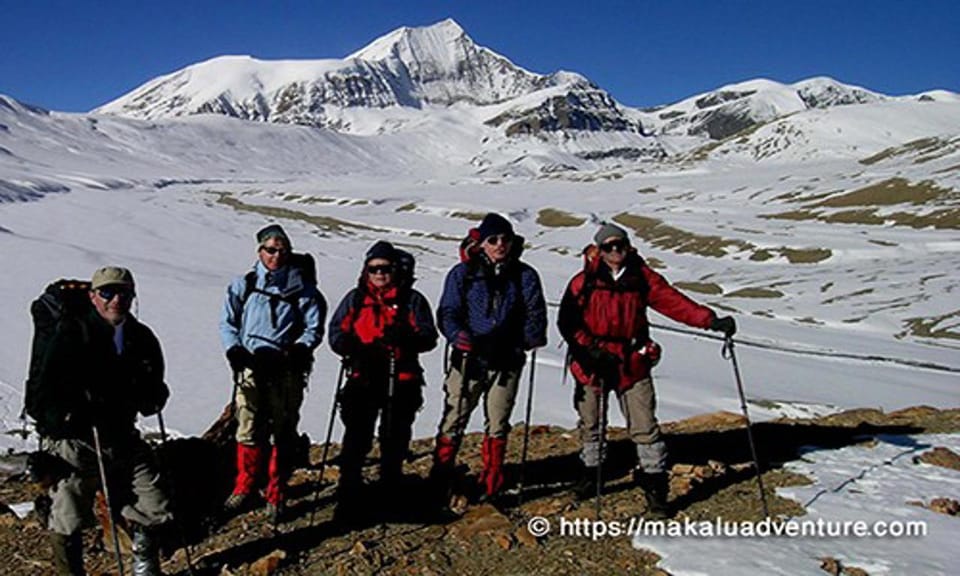
Ensuring food safety during the Dhaulagiri Circuit Trek is crucial for keeping trekkers healthy and enjoying the local culinary delights without worry.
Trekkers should always drink bottled or purified water, avoiding tap water and ice. When sampling local dishes, they should choose freshly cooked meals over street food, as cooking at high temperatures kills harmful bacteria.
It’s also wise to carry hand sanitizer and practice good hygiene, especially before meals. Trekkers should be cautious with dairy products; opting for pasteurized options can prevent stomach issues.
Lastly, if they have dietary restrictions, communicating these clearly to the trek leader ensures safe meal preparations.
Sample Trek Menu
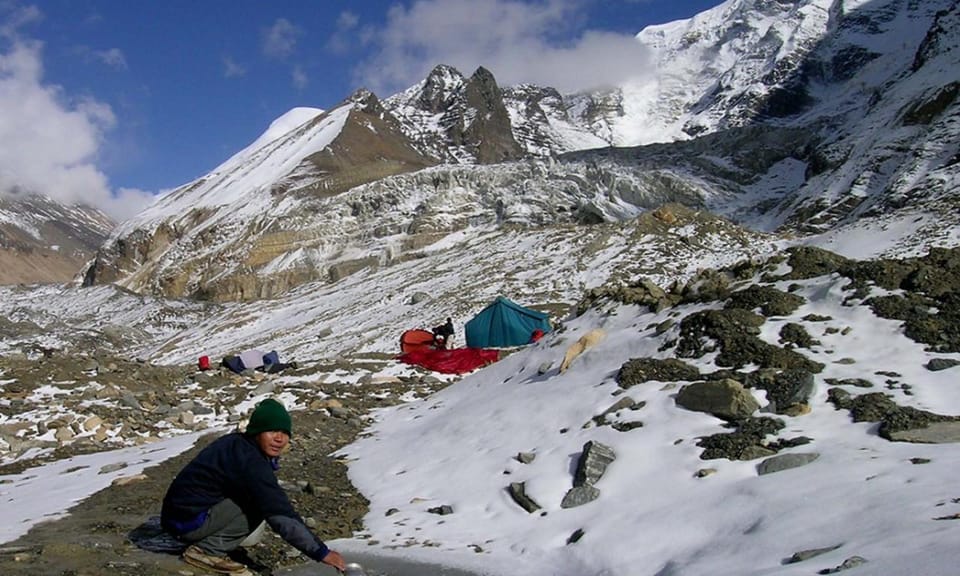
When trekking the Dhaulagiri Circuit, trekkers can look forward to a diverse and nutritious menu that highlights local flavors while providing the energy needed for challenging days on the trail. Meals are crafted to sustain adventurers, featuring fresh ingredients sourced from local communities.
Here’s a sample trek menu that showcases the culinary delights of the region:
-
Dal Bhat – A hearty meal of lentil soup served with rice and vegetables.
-
Momo – Delicious steamed dumplings filled with seasoned meat or vegetables.
-
Thukpa – A warming noodle soup packed with vegetables and spices.
-
Aloo Tikki – Crispy potato patties served with tangy chutney.
This menu not only nourishes trekkers but also immerses them in the rich culinary culture of Nepal.
Frequently Asked Questions
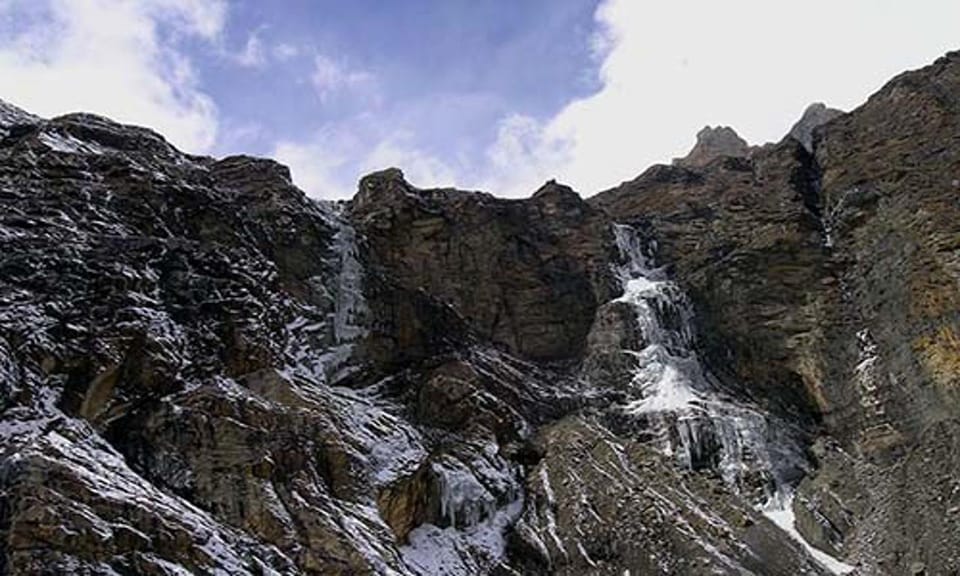
What Dietary Restrictions Can Be Accommodated During the Trek?
The trek organizers accommodate various dietary restrictions, including vegetarian, vegan, and gluten-free options. They ensure trekkers’ dietary needs are met, making the experience enjoyable and stress-free for everyone involved throughout the journey.
Are There Options for Vegetarian or Vegan Meals?
Yes, the trek provides options for vegetarian and vegan meals. The experienced cook ensures diverse, delicious dishes that cater to various dietary preferences, so trekkers can enjoy satisfying meals throughout their journey without compromise.
How Do Local Ingredients Influence the Trek’s Meals?
Local ingredients significantly influence trek meals, providing fresh, seasonal produce that enhances flavors. Trekkers enjoy traditional dishes made from locally sourced vegetables, grains, and spices, creating authentic culinary experiences while supporting nearby communities and sustainable practices.
Can I Purchase Snacks Along the Trek Route?
Yes, trekkers can purchase snacks along the route. Small shops and teahouses offer a variety of local treats, providing opportunities to refuel and experience regional flavors while enjoying the stunning landscapes and vibrant culture.
What Is the Best Way to Stay Hydrated While Trekking?
To stay hydrated while trekking, he recommends drinking water regularly, using purification tablets if necessary. Carrying a reusable water bottle helps, and he suggests checking for clean water sources along the route for refills.
Not for you? Here's more of our most recent tour reviews happening neaby
Recap
To sum it up, the Dhaulagiri Circuit Trek isn’t just a journey through stunning landscapes;
it’s also a culinary adventure that immerses trekkers in the rich flavors of Nepalese and Tibetan cuisine.
By savoring local dishes and experiencing traditional cooking methods, travelers gain a deeper understanding of the region’s culture and community.
So, as adventurers traverse the trails, they shouldn’t miss the opportunity to indulge in the unique flavors that make this trek truly unforgettable.
